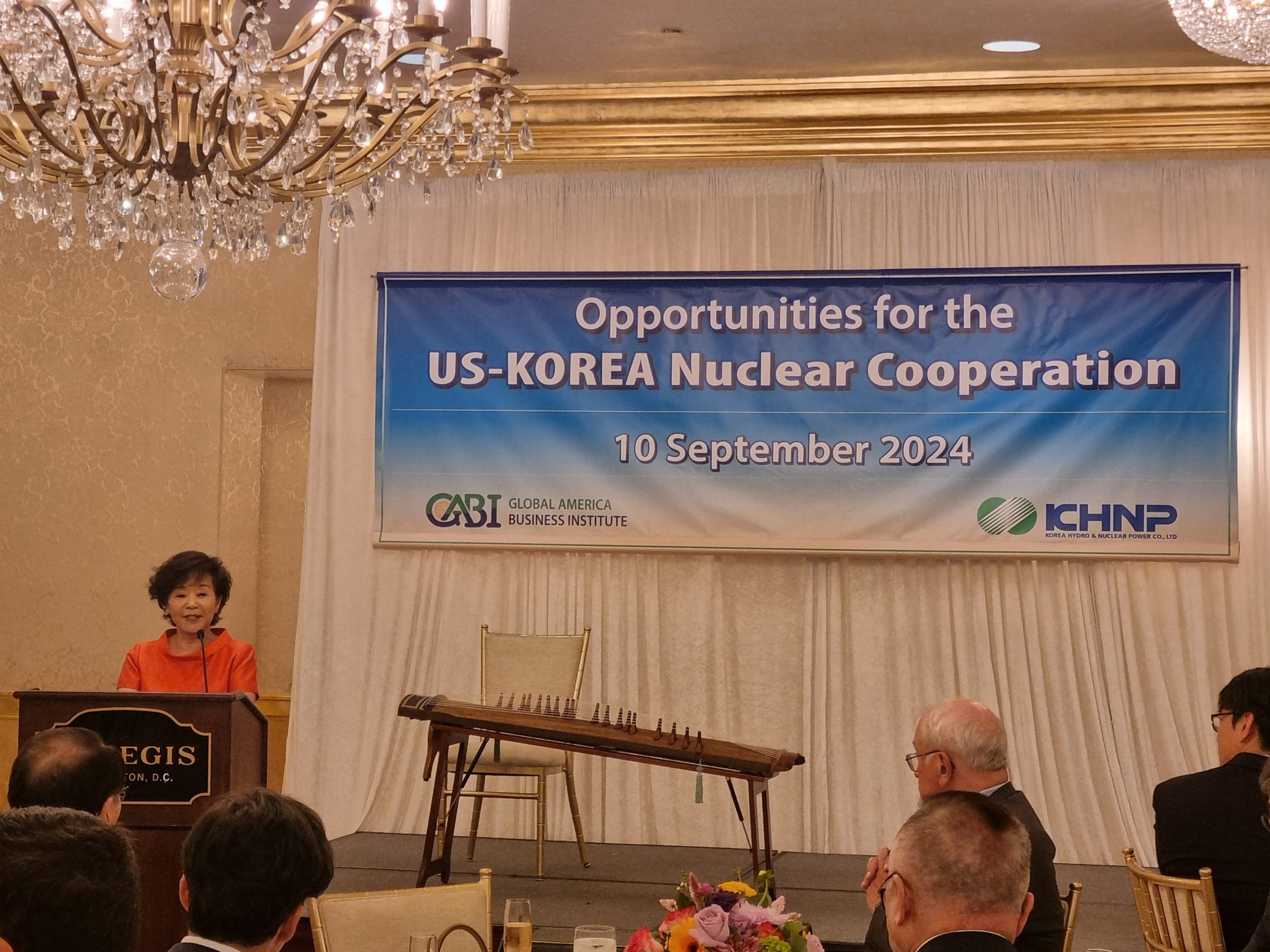In terms of the production of nuclear fuel, the US is self-sufficient only in fuel fabrication—US in situ recovery of uranium produces only a small percentage of uranium consumed in US reactors, US conversion capacity falls just short of satisfying domestic demand, and the 6 million SWUs of enrichment capacity that currently exists in the US falls short of US annual demand of 16 million SWUs. From the perspective of fuel procurement for nuclear power plants, the significant gaps between domestic production and demand can pose considerable challenges in mitigating and managing risks. In addition to the myriad physical risks that exist at the various stages of fuel production—mine flooding, mechanical failures, fluorine leaks at conversion facilities, and so forth—risks are also present during transportation of fuel material. Uranium in various forms is often transported vast distances by air, sea, and land, and any potential disruptions can present significant problems for stable fuel supply. While domestic self-sufficiency is not necessarily a requisite for reliable nuclear fuel procurement, having a diverse set of domestic and international back-ups and options is tremendously valuable for ensuring a steady and secure supply of fuel for nuclear plants.
US Capabilities and Self-Sufficiency in the Front End
US Capabilities and Self-Sufficiency in the Front End
March 26, 2014
By admin|2018-01-30T10:47:36-05:00March 26th, 2014|Categories: Nuclear Energy, Nuclear Energy Workshops|0 Comments
















